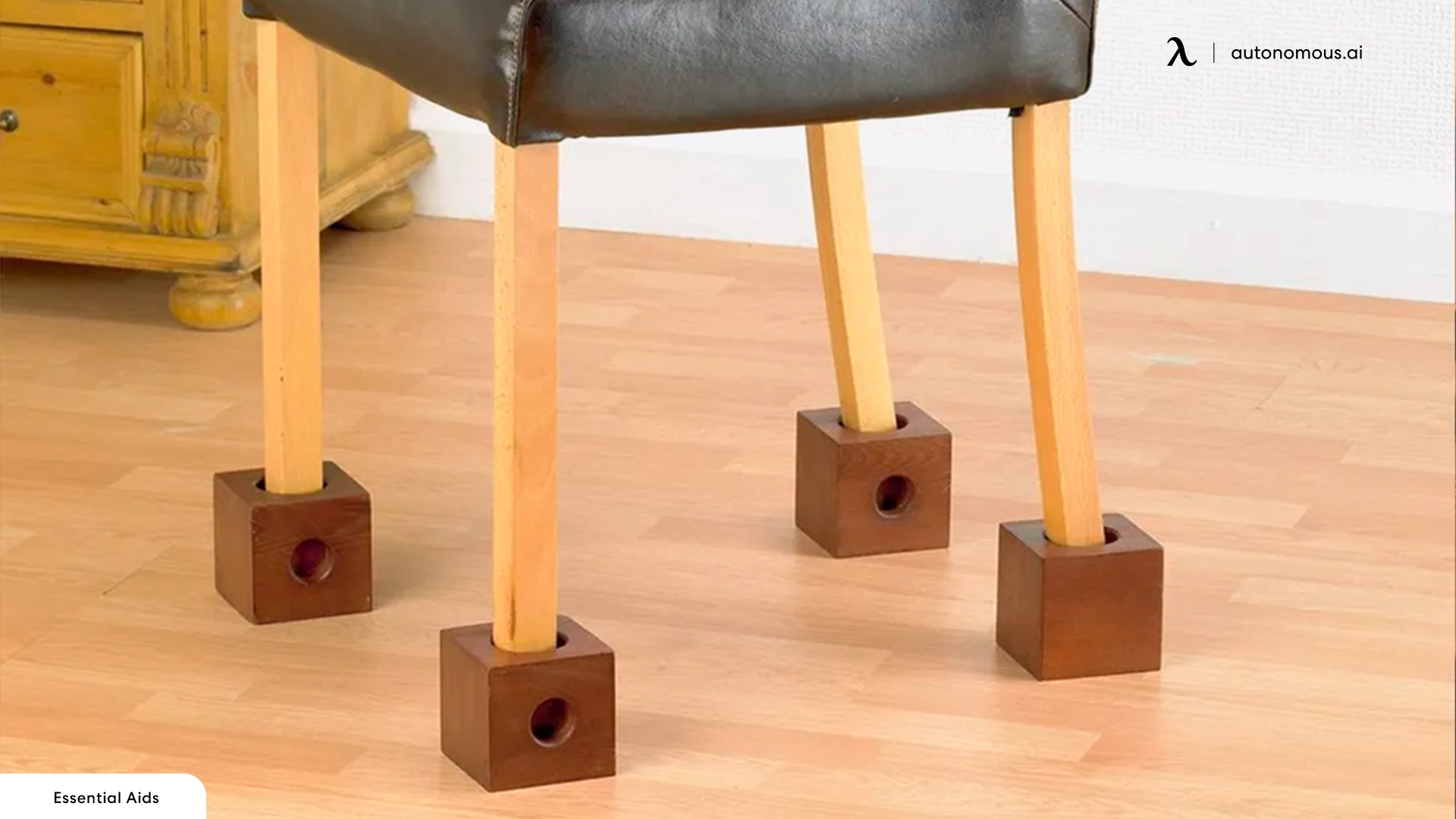Addressing Specific Concerns with Chair Glides: Best Chair Glides For Hardwood Floors

Choosing the wrong chair glides for your hardwood floors can lead to significant problems. Ignoring this crucial detail can result in costly repairs and unnecessary frustration. Understanding the potential issues and how to avoid them is key to protecting your investment in both your furniture and your flooring.
Let’s be clear: using unsuitable glides is a recipe for disaster. The wrong material can scratch, scuff, and even gouge your beautiful hardwood, leaving permanent damage. Furthermore, inappropriate glides often create excessive noise, turning every chair movement into an irritating squeak or scrape. This isn’t just about aesthetics; it’s about preserving the value and longevity of your hardwood floors.
Potential Problems from Unsuitable Chair Glides
The most common problems stem from using glides made of hard materials like plastic or metal. These can easily scratch the finish of your hardwood floors, particularly if the floor is already slightly worn or the glides are improperly fitted. Scuffing is another significant issue, often resulting in unsightly marks that are difficult to remove. The abrasive action of hard glides against the wood surface gradually wears away the protective finish, exposing the wood to further damage. Finally, the hard-on-hard contact generates noise, ranging from a subtle squeak to a loud, jarring scrape, depending on the materials and the condition of the floor. Choosing the right glides is crucial to prevent these issues.
Solutions for Common Chair Glide Problems, Best chair glides for hardwood floors
Loose or detached glides are a frequent complaint. This typically happens due to wear and tear, improper installation, or simply the natural shifting of furniture over time. The solution is often straightforward. For adhesive-backed glides, cleaning the chair leg thoroughly with a degreaser before re-application is essential for a strong bond. For screw-on glides, ensure the screws are properly tightened and that the glide itself is securely seated. If the screw holes are stripped, you may need to fill them with wood filler, let it dry, and then re-drill the holes before reinstalling the glides. In some cases, replacing the glides entirely is the most effective solution, particularly if they are severely worn or damaged. Always choose replacement glides that are appropriate for your floor type and chair leg size.
Rewritten Article on Chair Glides for Hardwood Floors
Protecting your hardwood floors from chair damage is a top priority for any homeowner. The right chair glides can make all the difference. Hard plastic or metal glides can easily scratch or scuff your floors, while felt glides might be too soft and wear out quickly. Consider glides made of high-density felt, silicone, or polyurethane – materials designed to protect hardwood surfaces. They offer a balance of durability and floor protection. Proper installation is just as crucial. Ensure the glide surface is clean and dry before attaching new glides. For adhesive glides, apply firm pressure for several minutes to ensure a strong bond. If you find your glides are becoming loose, try cleaning the chair leg and reapplying the adhesive or tightening the screws. Regularly inspect your glides for wear and tear and replace them as needed to prevent damage to your floors. This proactive approach will ensure your hardwood floors remain beautiful and scratch-free for years to come.
